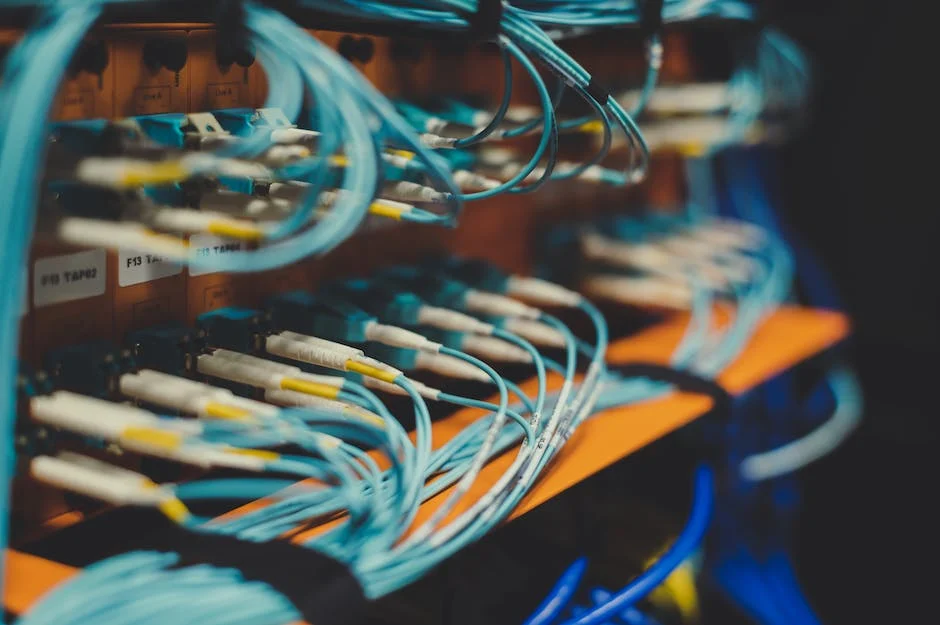Introduction to Automated Sprinklers
Automated sprinklers are a modern solution to watering your garden or lawn. They are designed to turn on and off at specific times, so you don’t have to worry about watering your plants manually. This efficient system helps to conserve water and ensure that your plants receive the right amount of hydration, even when you’re not around to do it yourself.

Advantages of Using Automated Sprinklers
Automated sprinklers can help conserve water by delivering precise amounts of water to your lawn or garden. They can be programmed to water at specific times, ensuring that your plants receive the right amount of moisture. Additionally, automated sprinklers can save you time and effort by eliminating the need for manual watering. Lastly, they can contribute to healthier and greener plants by providing consistent and efficient irrigation.
Types of Automated Sprinkler Systems
Automated sprinkler systems come in various types, such as rotor and spray systems. Rotor systems are suitable for larger areas, as they can cover a wide range. On the other hand, spray systems are better for smaller, more targeted areas. Additionally, there are also drip systems that deliver water directly to the roots of plants, making them a more water-efficient option. Each type of system has its own advantages, so it’s essential to consider your specific watering needs when choosing the right automated sprinkler system for your garden or lawn.
How Automated Sprinklers Help Conserve Water
Automated sprinklers help conserve water by delivering precise amounts of water to plants, minimizing wastage. They use sensors to detect soil moisture and adjust watering accordingly, preventing overwatering. Additionally, they can be programmed to water during non-peak hours, reducing evaporation. Furthermore, some models feature rain sensors that prevent watering during rainy weather, saving even more water.
Factors to Consider When Choosing Automated Sprinklers
When choosing automated sprinklers, consider the following factors:
- Water Efficiency: Look for sprinklers with adjustable settings to optimize water usage.
- Area Coverage: Ensure the sprinkler system can cover the entire area of your lawn or garden.
- Weather Adaptability: Seek sprinklers with features that adjust to weather conditions to prevent wasting water.
- Programmable Schedule: Opt for sprinklers that allow you to set specific watering schedules to suit your specific needs.
Installation Process of Automated Sprinklers
Installing automated sprinklers involves several steps that can be completed by a professional technician. Here’s a basic outline of the installation process:
- Research: Begin by researching different automated sprinkler systems available in the market to find the one that best suits your needs.
- Design: Based on the layout of your lawn or garden, the technician will design a customized sprinkler system to ensure even water distribution.
- Excavation: The installation will involve digging trenches in order to lay down the pipes and wiring for the sprinkler system.
- Plumbing and Electrical Work: The pipes and wiring will be connected to the main water supply and electrical system, ensuring proper functioning.
- Installation of Sprinkler Heads: The technician will strategically place and install the sprinkler heads to cover the entire area effectively.
- Testing and Adjustments: After installation, the system will be tested for efficiency and any necessary adjustments will be made to ensure optimal performance.
Overall, the installation process of automated sprinklers can provide an efficient and effective solution to managing water usage during drought periods.
Maintenance Tips for Automated Sprinklers
To keep your automated sprinkler system working efficiently, it’s essential to perform regular maintenance. Here are some tips to help you maintain your automated sprinklers:
- Check for leaks or clogs in the sprinkler heads regularly to ensure proper water distribution.
- Inspect the system for any damaged or misaligned sprinkler heads and replace or adjust them as needed.
- Clean or replace the system’s filters to prevent clogging and ensure adequate water flow.
- Adjust the watering schedule according to seasonal changes to avoid overwatering or underwatering your lawn.
- Check the system’s controller regularly to ensure it’s functioning correctly and make any necessary adjustments to the programming.
By following these maintenance tips, you can ensure that your automated sprinkler system continues to provide efficient and effective watering for your lawn while conserving water resources.
Cost Analysis of Automated Sprinkler Systems
Automated sprinkler systems can be a convenient and efficient solution for watering your lawn and garden. The initial cost for installing an automated sprinkler system can range from around $2,500 to $3,500 for an average-sized yard. However, the long-term savings on water usage and maintenance costs make them a cost-effective investment. Additionally, the advanced technology of automated sprinkler systems allows for precise watering schedules and moisture control, which can help conserve water during drought conditions.
Environmental Impact of Automated Sprinklers
Automated sprinklers can contribute to water conservation by efficiently delivering water to the targeted areas, reducing water waste. According to the Environmental Protection Agency, using automated sprinklers can save up to 12,000 gallons of water annually for an average household. Additionally, by minimizing the overuse of water on lawns and gardens, automated sprinklers can help in sustaining local ecosystems and conserve natural resources.
Conclusion and Future Outlook
After examining the advantages of automated sprinklers, it is evident that they offer a promising solution to drought issues. Their ability to efficiently distribute water, reduce waste, and adapt to varying landscapes make them a valuable tool for conserving water resources. Looking ahead, the future of automated sprinklers appears bright, with advancements in technology likely to further improve their effectiveness and water-saving capabilities. As more individuals and communities prioritize sustainable water management, the demand for automated sprinklers is expected to rise, contributing to a more water-efficient and environmentally friendly approach to landscaping and agriculture.